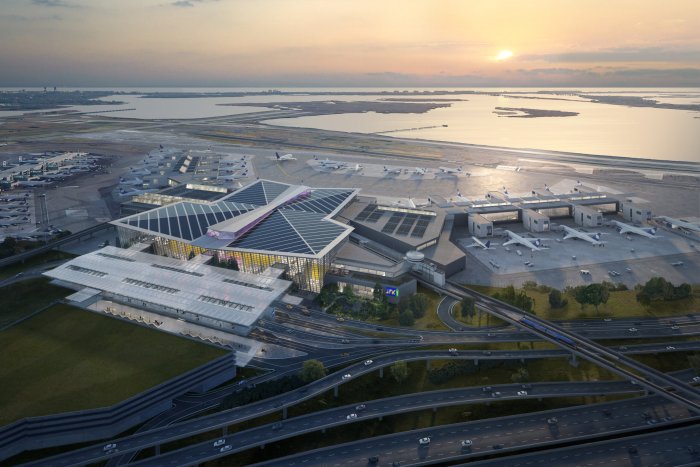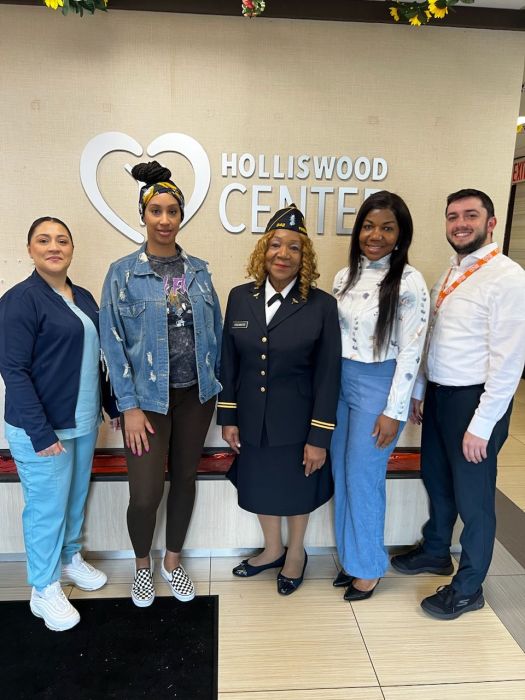By Gary Buiso
The contaminated Public Place site is a brownfield so vast that Community Board 6 will host a rare, ‘two-meetings-in-one’ night just to accommodate it. The first meeting will be a discussion with the State Department of Environmental Conservation and KeySpan Corporation to discuss clean-up options at the site, located at the southeast corner of Smith and 5th Streets. The second meeting will have the Department of City Planning and city’s Department of Housing Preservation and Development discussing redevelopment options. The meetings will be held on Thursday, Feb. 22 at Public School 32, 317 Hoyt Street, at 6 p.m. From 1860 to the 1960s, manufactured gas plants including the Citizens’ Gas Company and Brooklyn Union Gas, which later merged into KeySpan, resided on the site. At the plants, coal was converted to a fuel used to heat homes and light lamps, among other uses. The industry left behind a toxic legacy. Coal tar, an oily black liquid with a nasty odor, has been discovered at depths ranging from seven and 150 feet below the ground surface, according to the DEC. A total of four parcels comprise the 11.5-acre site. Two of the parcels are owned by the city. The majority of contamination has been found on the first parcel, which is vacant, the second, which is leased by the city to a cement plant, and the third, which is privately held and home to a warehouse. KeySpan has assumed the responsibility of cleaning the site, and is working with the DEC, which is overseeing the project. According to the DEC, the preferred clean-up remedy includes a combination of actions to deal with the contaminated soil, including the removal of all contaminated structures, as well as the removal of fouled soils to a depth of about eight feet. That soil will be shipped off for treatment and disposal, and replaced with clean soil. A subsurface barrier has been suggested to keep the contaminants from migrating off-site and into the Gowanus Canal—which, as one of the most polluted waterways in the nation, already has its own problems. The DEC said it will welcome comments about the proposed remedy at the upcoming meeting. The comments will inform the final plan. The design phase of the clean-up could still take up to another year for completion. Remediation will follow and could span another year and a half, according to the DEC.


































